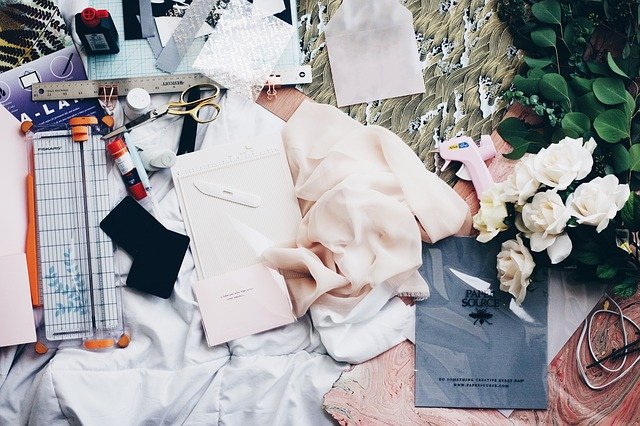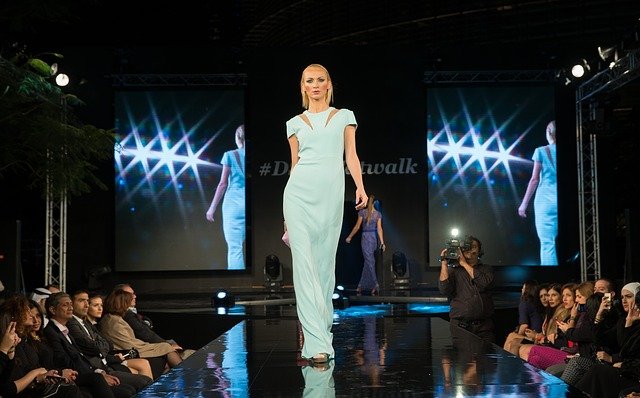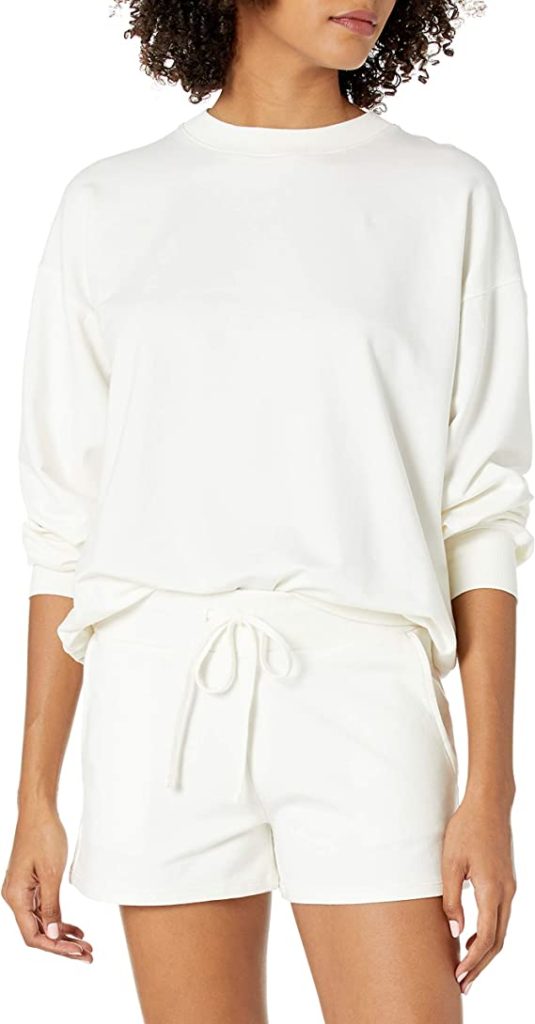Do you know what a fashion designer does? It’s no secret that they design clothes, but there is so much more to it than that! In this blog post we will discuss things that fashion designers do on a daily basis. Whether you are looking for inspiration or want to make the transition from graphic designer to fashion designer, these tips will help guide you through the process of becoming one of the most famous and successful people in your industry.
What is a Fashion Designer?

A fashion designer is someone who designs clothing, like dresses and suits. They are often the head of a design team that works together to create new collections for their brand or company each season.
The term “fashion designer” can also refer to people in other industries that work with clothing such as stylists, costume designers, etc. However you will typically find these professionals working within the fashion industry on projects related specifically to textiles and apparel creation.
20 Things a Fashion Designer Does
- Design clothes – This is the task that will occupy the bulk of a fashion designer’s day.
- Find inspiration for their designs – Designers typically have an idea, mood, or story line in mind when they begin designing clothing items or complete collections that are intended to be sold at retail stores. They can find inspiration by looking at artwork or historical clothing pieces which might inspire them for future collections.
- Develop new and different fits – Most designers work on multiple projects simultaneously with one item starting before another is completed. In this way, there can be many versions of each piece in progress as time passes by.
- Devise ways to make clothes look better on all body types – This task often includes working with pattern makers who create scaled drawings using measurements from live models so that shapes and proportions appear more natural than if drawn only from the imagination.
- Communicate with buyers at trade shows and conferences so they know what kind of products are coming and when they will arrive.
- Collaborate with other designers to help create new collections – Work closely with fabric manufactures in order to get the right fabrics for their designs.
- Meet with manufacturers before designing a line so that the production can be planned out from beginning to end. This includes meeting about budgets, deadlines, what kind of machinery is required and how many people are needed on staff.
- Travel all over the world hunting for new materials such as exotic leathers or rare cottons from remote parts of India
- Solve problems creatively while maintaining an aesthetic point of view (not always easy!)
- Stay up to date with the latest trends in their field so they can offer something new and unique.
- Select a team from designers, marketers, photographers, buyers that will fit well together on an expedition. This group is often referred to as “the gang” or “the crew”. They all work hard side by side for miles of fabric markets (sometimes under difficult conditions) but it’s also a lot of fun!
- Be sensitive about deadlines because if they don’t meet them manufacturers won’t produce fabrics or samples which would be disastrous for everyone involved and may even put at risk future orders. When this happens you have to stay cool and not lose your temper – imagine how much worse it must be for the people who are actually at the factory and have to worry about their own safety.
- Keep an eye on your samples, because they could be stolen or even lost in transit if not properly protected. Designers should always carefully test new materials before deciding which ones are worth bringing back from a trade show. When you find something that will work, buy as much as possible – it’s usually cheaper this way!
- Pitch ideas for future collections and patterns but also remember that marketing campaigns often depend on what buyers think is going to sell best. It can help to keep a “swatch book” of all fabrics used so designers know where else those colors may be available (this helps them come up with other color combinations). But don’t hesitate telling someone when you don’t like their idea!
- Get feedback from the sales team on what they think will sell well, since you’re not always going to guess right. And be prepared for a lot of pushback when people aren’t happy with your ideas (and sometimes even if they are).
- Take care of yourself and stay healthy – it’s important to keep up an exercise routine because designers can have long hours in front of computers without catching any fresh air and overeating while eating takeout food all day. It’s also important to make time for friends or family members who might want more attention than usual during stressful periods at work.
- Keep track of every prototype that is made so there won’t be any wasted materials or rework due to mistakes.
- Draw and sketch constantly, that’s the best way to really understand what you’re seeing in your head come into fruition.
- Don’t worry too much about what designers are supposed to wear or not – it doesn’t matter if there is a dress code; just show up how you want and people will be more likely than ever to listen to what you have to say.
- Try out new things even if they seem impossible at first glance because sometimes those crazy ideas end up being the most successful concepts when executed properly.

